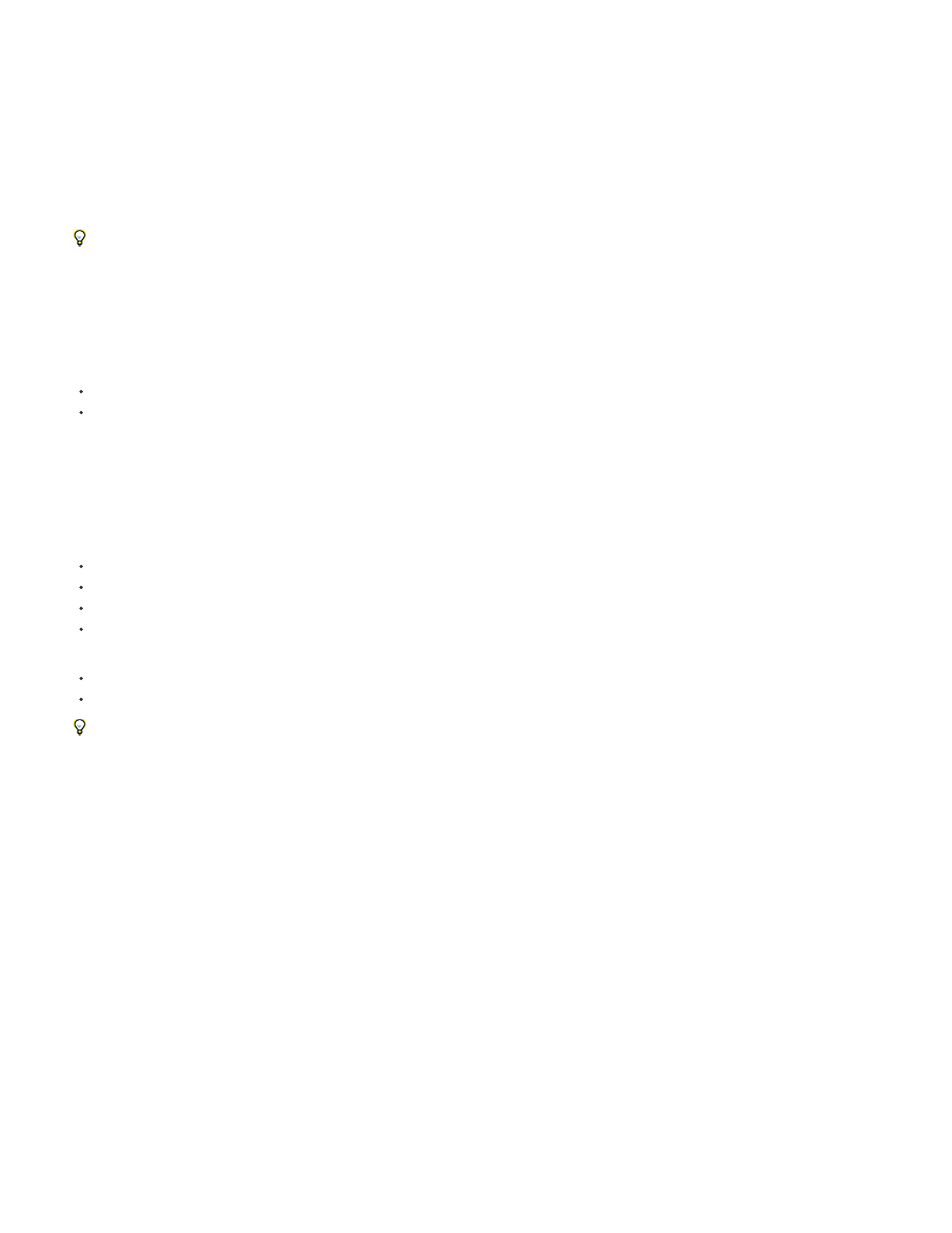Adobe After Effects User Manual
Page 265

Moving the target to attach content to different location
To move the target so that you can attach content to a different location, do the following:
1. When above the center of the target, the "move" cursor appears for repositioning the target.
2. Drag the center of the target to desired location.
Once at the intended location, you can attach content by using the commands in the context menu.
If the size of the targets is too small or too large to see, you can resize them to help visualize the planes. The target size also controls the
default size of text and solid layers created using the context menu commands.
Resizing a target
To resize a target, do one of the following:
Adjust the Target Size property.
Press Alt-click (Windows) or Option-click (Mac OS) as you drag from the center of the target. When above the center of the target, a cursor
with horizontal arrows allows you to resize the target.
Selecting and deselecting track points
To select track points, do one of the following:
Click a track point.
Click between three adjacent track points.
Draw a marquee-selection box around multiple points.
Shift-click or draw a Shift-marquee selection box around the track points to add multiple track points to the current selection.
To deselect track points, do one of the following:
Alt-click (Windows) or Option-click (Mac OS) selected track points.
Click away from a track point.
Moving objects can confuse the 3D camera tracker effect. It can interpret points for stationary objects close to the camera as moving due to
parallax. To help solve the camera, delete bad or unwanted points.
Deleting unwanted track points
To delete unwanted track points, do the following:
1. Select the track points.
2. Press Delete or choose Delete Selected Points from the context menu.
After deleting unwanted track points, the camera is resolved. You can delete additional points while resolving takes place in the background.
Deleting 3D points deletes the corresponding 2D points, as well.
Creating a "shadow catcher" layer
You can quickly create a "shadow catcher" layer, used to create realistic shadows for the effect. A shadow catcher layer is white solid the same
size as the footage, but set to accept shadows only.
To create a shadow catcher layer, use the Create Shadow Catcher, Camera and Light commands in the context menu.
If necessary, adjust the position and scale of the shadow catcher layer so the cast shadow appears as desired. This command also creates a
shadow-casting light (a light that is switched on, and casts shadows) if one does not exist in the composition.
261
